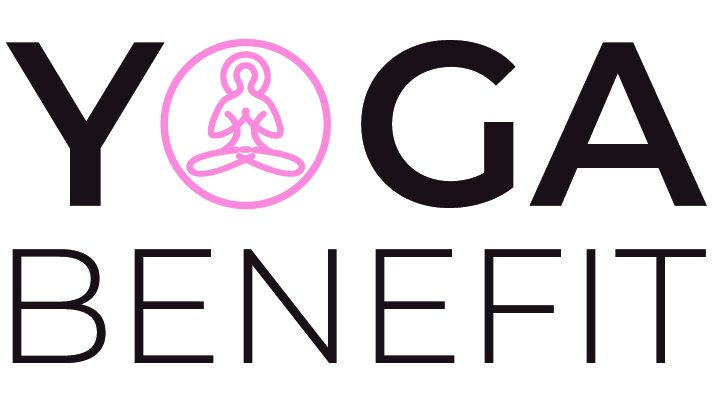The concept is that if you are able to hold certain shapes for 8 minutes or more in full support by any props you may need, your body will be in a position to bring your nervous system to an area of relaxation rather than a wired, exhausted state.
It is a great way to ground yourself and may help you to reenergize yourself within the first half hour of practice, which allows you to reconnect to your authentic self rather than your stress-ridden self.
Here are a few ideas to test, and make sure to use the most props you can! Please stay in the pose for at least 8 minutes, as that’s approximately how long it will take our nervous system to achieve the right level of calm.
Reclined Bound Angle
Unwind your body and let the props support you from the top! The gravity will be in control and let you be supported in this way in order to let go!
With your feet at a distance or separated and your knees bent on a bolster, lie down on your back with your hands on either side.
If this is a problem for your hips, tie a strap around your lower back and thighs, giving you a more elevated position to lay your legs.
Supported Child’s Pose
The inward turn and the weight gain in this posture allow us to reconnect with ourselves.
When you are lying on your bent legs, make a fold in a blanket and place it between your upper and lower legs or sit on a quiet block. Put a smaller blanket underneath your knees or ankles in case they’re uncomfortable. Also, put a small block or cushion beneath your forehead. And let your arms hang on your side.
To increase your grounding, you can place small sandbags into your palms or have a helpful friend put a larger sandbag in your lower back.
Bolster Cuddle
Who doesn’t like a good snuggle? This is a delightful twist that combines the advantages of hugging! Hugs are great for helping us connect and feel connected to the things that matter to us.
You can sit near an upright bolster, which has been placed on top of the highest level of the block (or multiple placed on top of each other). Letting your knees bend towards the bolster before turning towards it in an arc. Attach your arms to the bolster and then reach to snuggle.
You could always put the cloth between the knees or underneath the top leg and shin bone to assist. The higher the block’s setting, the more pronounced the twist will be, so if you find it difficult to relax, lower the block.
Legs Up The Wall
This inversion is an excellent treatment for stress and anxiety. It relieves tension that accumulates in the lower back and jaw regions. If you have a big sandbag, you can put it onto your feet that are flexed to the wall; even without it, this shape brings your kidneys to the Earth. It provides the parasympathetic portion that is part of the nervous system with the “rest and digest” system with a bit of extra care to alleviate the “fight or flight” feeling you feel when stressed.
Locate a wall and place the blanket slightly folded in front of your baseboard. Lay on your back with one knee against the wall, and use your hands to support your legs towards the wall. Then, you will be lower back resting on the blanket and not having any space between yourself and the wall. Then, relax.
For a more delicious experience, raise your hips a bit more. If it’s difficult to keep your legs straight, you can tie the belt around your legs and hold your legs up.
It’s a good thirty minutes of practice! To add a touch of yum, you could always include an eye pillow that is spritzed with your preferred grounding or calming essential oil like lavender or Frankincense.
